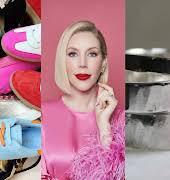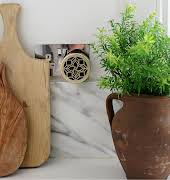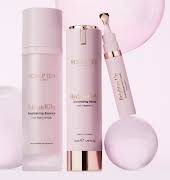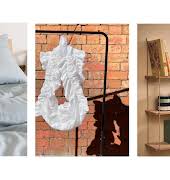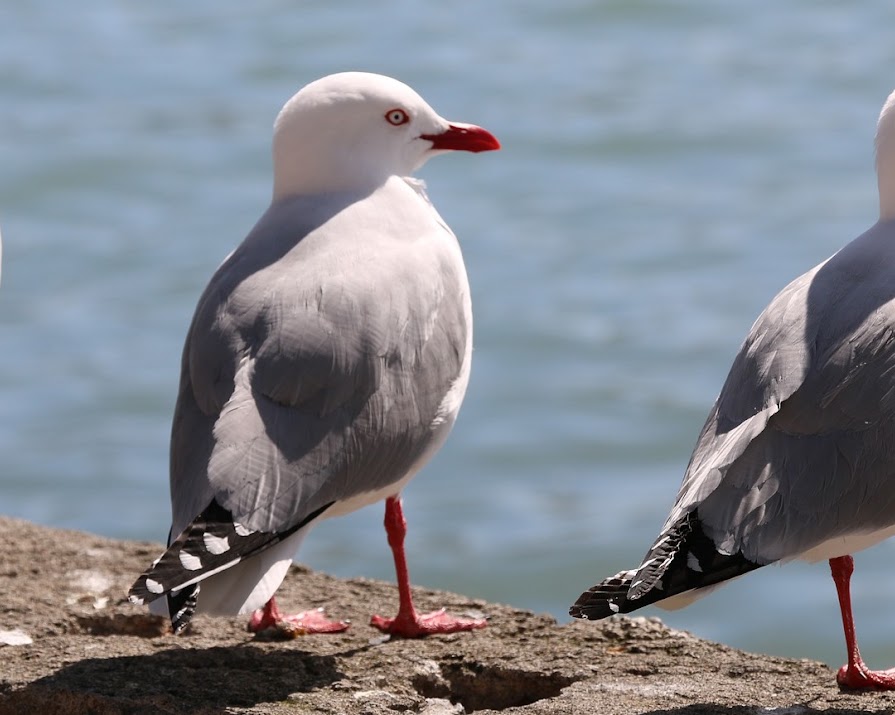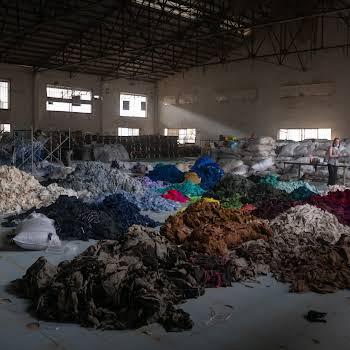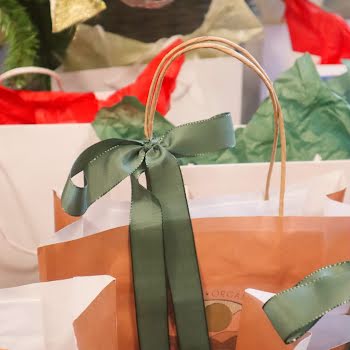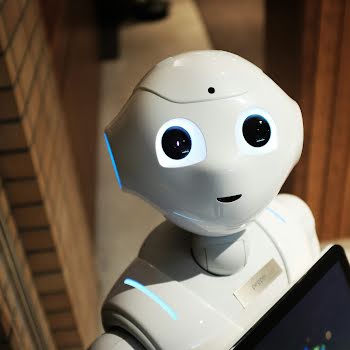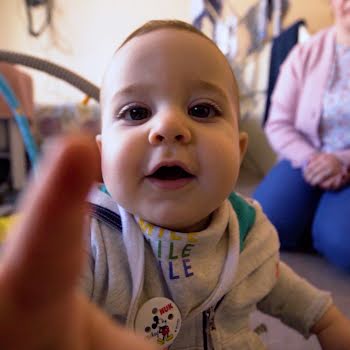By Grace McGettigan
12th Jun 2018
12th Jun 2018
Conservation officers have raised concern over the level of plastic pollution off the coast of County Kerry, particularly on the island of Little Skellig.
According to Birdwatch Ireland, approximately 70,000 gannets have been using plastic to build their nests, rather than natural materials. Usually, these birds use seaweed to build their nests which can then biodegrade each year. However, now they’re using bits of nylon fishing nets and polystyrene ropes they find in the water.
Local conservationist and filmmaker Vincent Hyland said, “[Plastic] is now of a proportion and scale that it has taken over from the traditional building material. It’s like looking at a rubbish tip,” reports the Irish Times. “I film marine life underwater [and] it’s very difficult to get a frame without plastic in it, and that wasn’t an issue 15 years ago,” he told the newspaper.
What’s worse, birds are mistaking microplastics (tiny plastic particles that have been broken down from bigger pieces) for food and ingesting them into their bodies. Stephen Newton, Senior Conservation Officer of Birdwatch Ireland, said this reduces the amount of room left in their stomachs for real food and can lead to starvation and/or death.
It’s imperative we clean up our beaches and waters to protect our country’s wildlife. One way to do this is to install sea bins along the coasts. Last month, 11-year-old Flossie Donnelly arranged for Ireland’s first sea bin to be installed in Dun Laoghaire. “It’s really cool. It has a pump which pulls in all the rubbish to make a plastic-free Irish Sea,” she told RTE News.
Tim Ryan of the Dun Laoghaire Harbour Company said he’s delighted to see the sea bin installed. “We’ve noticed the amount of plastic in the water has been increasing year after year. Initiatives like this will help remove some of the plastic from the water that’s been damaging wildlife.”
More like this:



